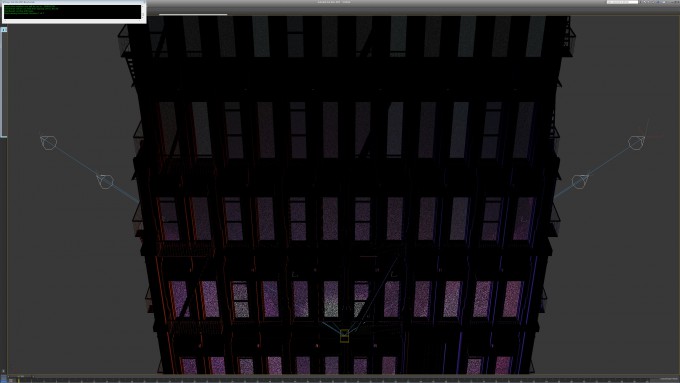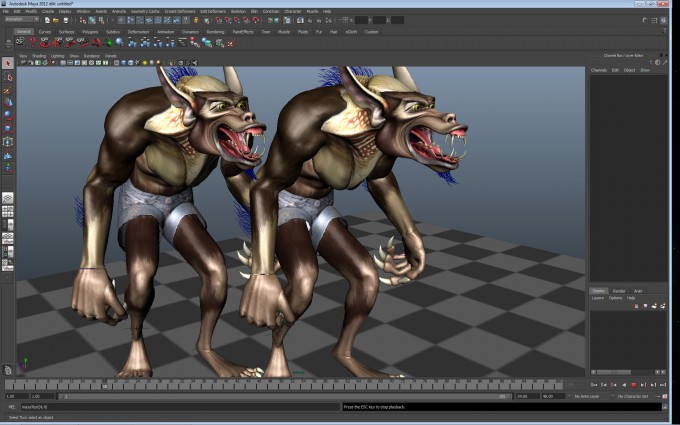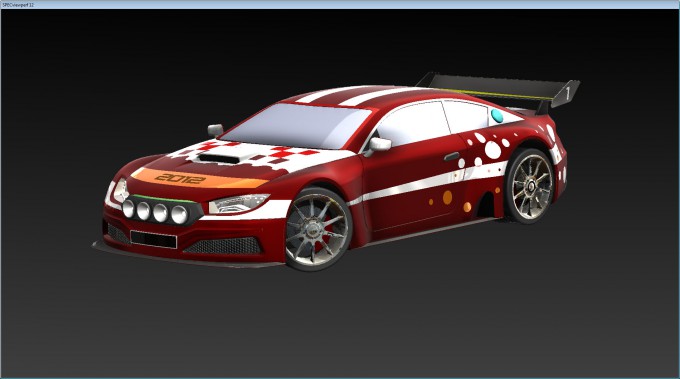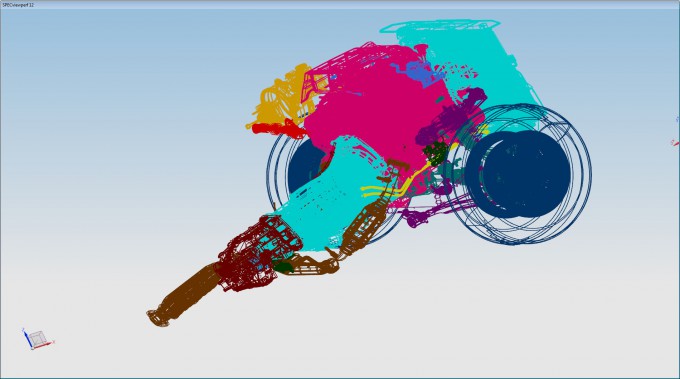- Qualcomm Launches Snapdragon 4 Gen 2 Mobile Platform
- AMD Launches Ryzen PRO 7000 Series Mobile & Desktop Platform
- Intel Launches Sleek Single-Slot Arc Pro A60 Workstation Graphics Card
- NVIDIA Announces Latest Ada Lovelace Additions: GeForce RTX 4060 Ti & RTX 4060
- Maxon Redshift With AMD Radeon GPU Rendering Support Now Available
NVIDIA’s Fastest Graphics Card Ever: A Look At The Quadro P6000

NVIDIA’s latest and greatest-ever workstation graphics card has arrived: Quadro P6000. This top-tier card is built around NVIDIA’s Pascal architecture, which is produced on a 16nm FinFET process. The card boasts an impressive 3,840 CUDA cores, and not to mention 24GB of super-fast GDDR5X. Let’s check it out.
Page 4 – SPEC: SPECapc 3ds Max & Maya, SPECviewperf & SPECwpc
When it comes to benchmarking hardware for serious use cases, there are no better people to turn to than those at SPEC. I like to call them the “masters of benchmarking”, as each one of their tools are meticulously crafted by professionals to deliver results as relevant and accurate as possible – a goal shared by us at Techgage.
For testing the performance of workstation cards, we take advantage of two SPECapc benchmarks – 3ds Max 2015 and Maya 2012 – as well as two that don’t require a standalone application: SPECviewperf and SPECwpc. While the Maya benchmark might be growing a little long in the tooth at this point, it still scales well with current GPUs.
SPECapc 3ds Max 2015
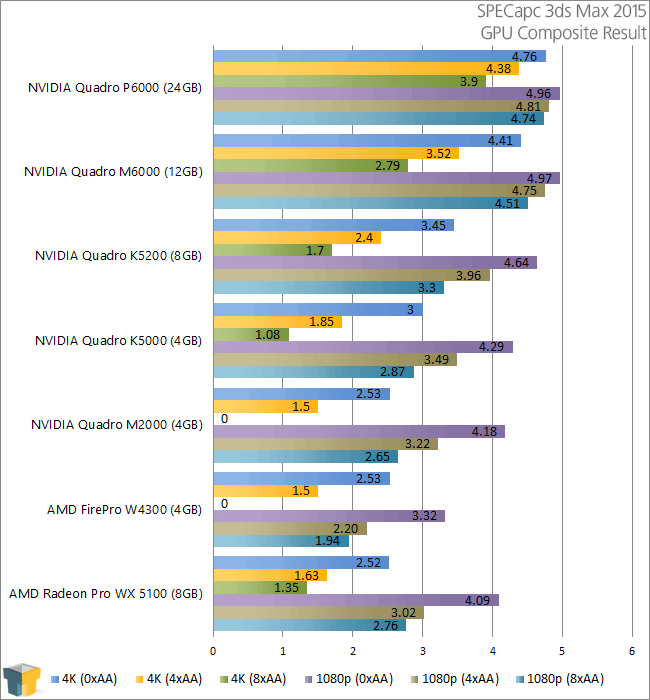
| P6000 | M6000 | M2000 | WX 5100 | |
| 1080p 0xAA (CPU) | 5.88 | 5.89 | 5.88 | 5.90 |
| 1080p 4xAA (CPU) | 5.88 | 5.88 | 5.87 | 5.88 |
| 1080p 8xAA (CPU) | 5.88 | 5.84 | 5.87 | 5.88 |
| 1080p 0xAA (Large Model) | 4.61 | 4.52 | 4.59 | 4.30 |
| 1080p 4xAA (Large Model) | 4.58 | 4.53 | 3.64 | 2.82 |
| 1080p 8xAA (Large Model) | 4.59 | 4.48 | 3.29 | 2.75 |
| 4K 0xAA (CPU) | 5.85 | 5.87 | 5.88 | 5.83 |
| 4K 4xAA (CPU) | 5.85 | 5.87 | 5.88 | 5.81 |
| 4K 8xAA (CPU) | 5.85 | 5.85 | – | 5.69 |
| 4K 0xAA (Large Model) | 4.61 | 4.50 | 4.59 | 3.88 |
| 4K 4xAA (Large Model) | 4.56 | 4.39 | 2.61 | 2.24 |
| 4K 8xAA (Large Model) | 4.54 | 3.95 | – | 2.12 |
SPECwpc 3ds Max 2015 doesn’t take advantage of NVIDIA’s Iray, so the test gives us a great second look at general performance in the application, both from the viewport performance to the rendering performance. Overall, the P6000 proves dominant, but as we’ve seen a few times already, the P6000 is almost too powerful for certain workloads.
SPECapc Maya 2012
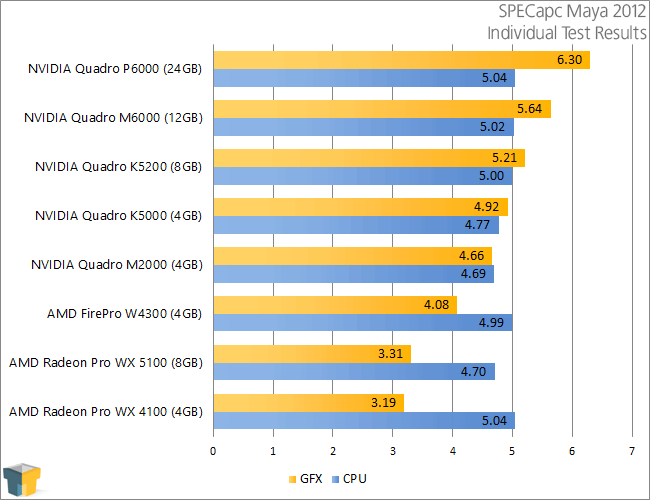
| P6000 | M6000 | M2000 | WX 5100 | |
| Shaded | 5.02 | 4.71 | 4.09 | 3.58 |
| Shaded HQ | 8.12 | 6.80 | 5.13 | 2.65 |
| Textured | 5.42 | 5.10 | 4.39 | 3.74 |
| Textured HQ | 8.96 | 7.70 | 5.75 | 2.97 |
| Wireframe | 4.36 | 4.02 | 3.66 | 3.48 |
| Selected | 5.85 | 5.46 | 4.72 | 3.94 |
| Highlighted | 5.78 | 5.30 | 4.69 | 4.19 |
I admit that these results surprised me a bit. I’ve mentioned a couple of times already that some workloads are simply not strong enough to take full advantage of the P6000, but here we have a five-year-old test that manages to show further improvement on NVIDIA’s latest and greatest. It’s not a major gain, but neither was the gain between the Kepler-based K5200 and Maxwell-based M6000.
SPECviewperf 12
Whereas both SPECapc benchmarks used above stress a variety of different components of their respective tools, SPECviewperf’s target is singular: viewport performance. One reason I like this test is because it utilizes software we couldn’t otherwise test with (due to the lack of a license); namely CATIA, SolidWorks, and Siemens NX.
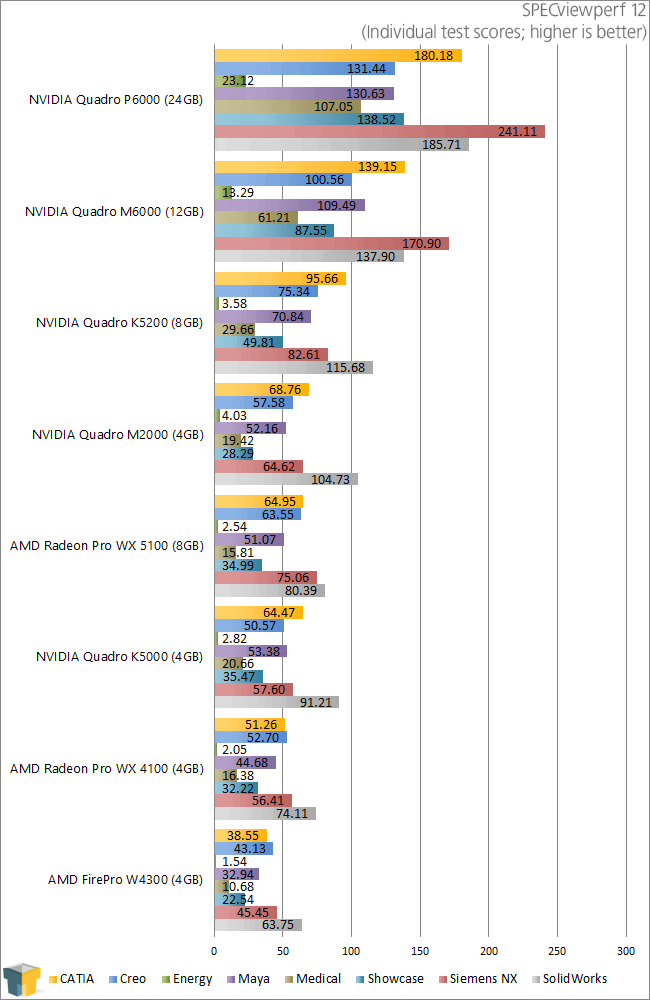
Here is where we begin to see NVIDIA’s Quadro P6000 show the rest of our lineup just who’s boss. In most of the tests, there are considerable gains seen with the P6000. Whereas an earlier test showed a 30% gain at best, that’s the starting point of the gains here. In particular, the Medical, Energy, and Showcase tests show huge jumps of about 70~75%. The high-end CAD suites CATIA, SolidWorks, and SNX show gains of about 35~40%.
SPECwpc
The “w” in SPECwpc stands for “workstation”, and it acts as a bit of an “overall” testing suite. In some ways, it combines the goals of its other tests and combines them into a single benchmark. Thus, the results are split into six categories, and the result of one might matter more to some people than others.
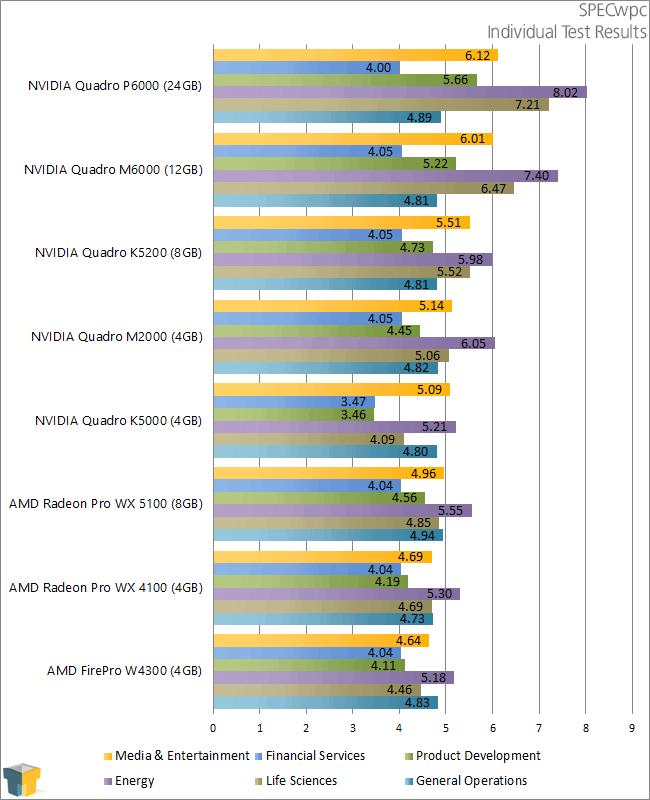
From the bottom to the top, SPECwpc doesn’t show huge deltas between one card and the next, so the P6000 has a hard time strutting its stuff here. Nonetheless, the card still does give us notable gains in most tests.
Support our efforts! With ad revenue at an all-time low for written websites, we're relying more than ever on reader support to help us continue putting so much effort into this type of content. You can support us by becoming a Patron, or by using our Amazon shopping affiliate links listed through our articles. Thanks for your support!




